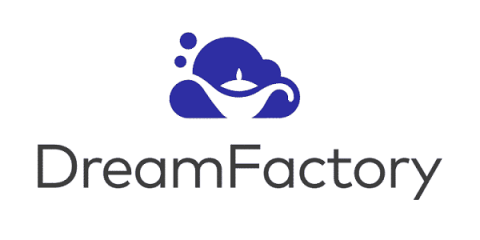7 Tips for Designing Great API Documentation
API automation is leading the way for data-driven digital transformation. When developers are able to build modern applications for a variety of devices without having to manage server-side code and complexity, and other departments can tap into a well-designed API documentation system instead of a silo of cumbersome, unorganized code bases, your company will be well on its way to an API-first delivery model.


